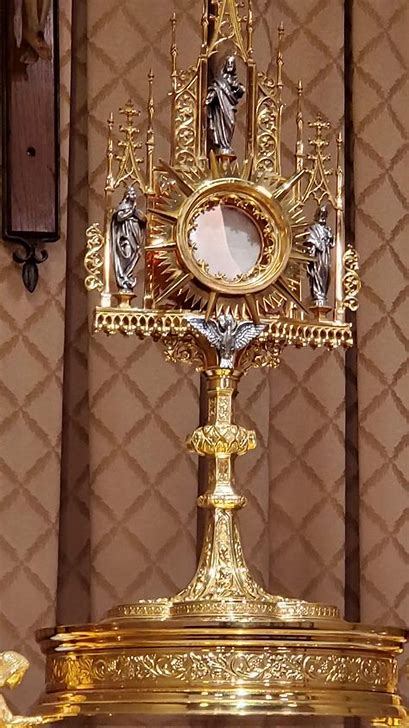
Pope Nicholas IV is one of the first popes whose exact date of birth we know. He was born Girolamo (Jerome) Masci 30 September 1227. The child was of humble birth, born in Lisciamo, near Ascoli Piceno, not too far from the beautiful Adriatic Sea.
He joined the Franciscans and studied, eventually receiving a doctor of theology degree. In his middle years (1272), Girolamo was elected the superior for the Franciscans in Dalmatia. This man was noted as a piou, peace-loving man whose goals as a Franciscan friar were to protect the Church, promote crusades and root out heresy.
When Pope Gregory X came to the throne in 1271, he began promoting his second Council of Lyons. He asked St. Bonaventure, the current minister general of the Franciscans, to select four of his order to go to Constantinople and ask Emperor Michael to participate and to reconsider coming back to the Church. Girolamo was one of the four. While the four were still in the East, the Orders General Chapter of 1274 (Franciscan biannual meeting) took place in Lyons. St. Bonaventure died while attending. Girolamo was elected in his place.
Two years after the Council, Pope Nicholas III, now on the throne, made Girolamo a cardinal priest and assigned him the Church of Santa Pudenziana. He was still the master general of the order. By 1281, Girolamo was cardinal bishop of Palestrina.
Honorius IV died in April 1287. The conclave took place in the recently finished papal palace Honorius had built on the Aventine. There were thirteen cardinals in Rome. Three did not show. Six died during the course of the year. Possibly an illness was going around Rome. Of the few remaining cardinals, all but Girolamo left. Eventually, six regrouped and elected Girolamo as he was the last man standing. He refused for a week and, then, gave in on 22 February 1288. Cardinal Masci took the name Nicholas IV, in honor of the pope who gave him the red hat.
On 16 May, the same year, Nicholas chose six new cardinals to replace those who had died. A year later, on 18 July, Nicholas issued a constitution granting the cardinals half the income accruing to the Holy See plus a hand in the financial management of the Vatican.
HIS PAPACY
1. He could not straighten out the Sicilian succession. Pope Nicholas IV granted rule of Sicily to Charles Martel in 1285.
2. The loss of Acre led Nicholas to encourage missionaries to Bulgaria, Ethiopia, the land of Mongols, Tartary and China. He tried to organize a crusade before that.
3. In the early 1290s, he declared Taxatio, a detailed valuation for the ecclesiastical taxation of English and Welsh parishes.
4. In 1290, Nicholas issued a bull against Apostolici, sects wanting to reestablish life and discipline of the primitive church through continence and poverty.
5. His relationship with King Rudolf was unsure, even though French rulers wanted to tax German towns.
On 4 April 1292, Pope Nicholas IV died in his new palace next to the church of S. Maria Maggiore. He was buried in the church.

Recent Comments